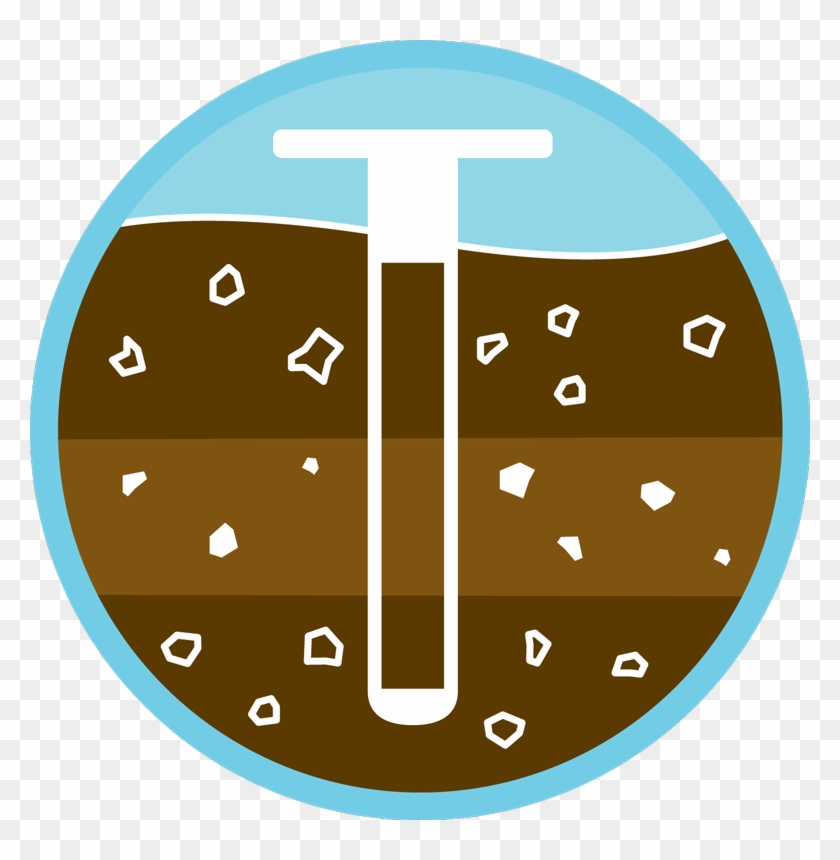i never cared for soil but i enjoy this poping up in my feed from time to time
Pardon my ignorance, but any idea what the two darker layers are about halfway down the image?
I find judging by the picture alone difficult, but then again this isn’t my field of expertise. However, this might be a pseudogley. The brown strips you see are areas where oxygen and non oxygen milieus clash within the soil, thus forming rust. The layers could stem from prolonged episodes of relatively constant water saturation of the soil, thus creating a stable frontier between air and water enabling rust. It would be interesting to see the vegetation on top, as this would probably paint a clearer picture.
You’re right, but the wording you’re using is different than what’s used here (but it is correct).
The stripes and rust colours are referred to mottling here. They are caused, as you accurately describe, by intermittent saturation and aeration of the soil. During saturated conditions, Fe2+ is deposited as it’s labile. Once things dry out again it turns to its Fe3+ form and oxidizes.
Once formed mottles are permanent features. Even if the local moisture regime changes the legacy mottling will stay.
Vegetation looks like it’s Ag land.
@ladicus@lemmy.world
I’m sorry if I didn’t adhere to some standard, English isn’t my native language so I had to translate the sometimes weird terminology used around here. We just use it for the description of forest soil.


